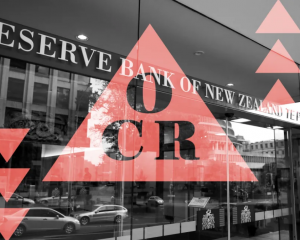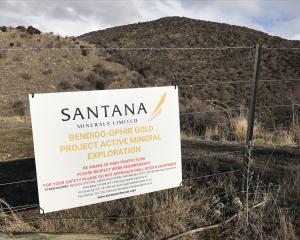A recommendation on how the cost of the national electricity grid should be shared in the future is likely to benefit Meridian Energy and South Island electricity consumers in general.
The Electricity Authority announced yesterday it would release its transmission pricing methodology (TPM) paper on May 17, followed by an eight-week consultation period.
The issue has been running for years without resolution and revolves around whether South Island electricity generators and consumers pay too much for access to the grid.
Craigs Investment Partners broker Chris Timms said one issue that had emerged in recent years was power from North Island generators was often transferred across the Cook Strait HVDC link when South Island hydro lakes were at low levels.
North Island generators paid nothing for using the link to send their power south, as all costs were allocated to South Island generators. One of the options outlined by the authority was to change the pricing methodology to rectify that imbalance.
South Island electricity generators, such as Meridian, could benefit strongly from much lower charges, he said.
Forsyth Barr broker Damian Foster said the May 17 announcement was probably the most important decision in the sector at present.
Meridian was expected to be the main winner as was the New Zealand Aluminum Smelters Tiwai Point smelter.
The smelter could possibly benefit by $30million from lower transmission costs, extending its life if aluminium prices stayed low.
Trustpower was expected to be the main loser from a separate, but related, paper on avoided cost of transmission, relating to distribution generation pricing.
Following the consultation period, the authority considered and published a TPM process and guidelines paper, which would take at least one month and could possibly be another three, he said.
Transpower would develop the TPM and then submit it to the authority, adding another three months to the process.
If the authority was happy Transpower's TPM met the guidelines, it went out for consultation. After a consultation period, the authority codified the TPM, Mr Foster said.
‘‘The process also assumes no legal action, which sounds unlikely.''
While there was still a long way to go in the process, the issues paper to be released on May 17 would provide a strong indication of where the TPM was likely to end up as it should set out the authority's preferred approach and preferred method of implementation, he said.












